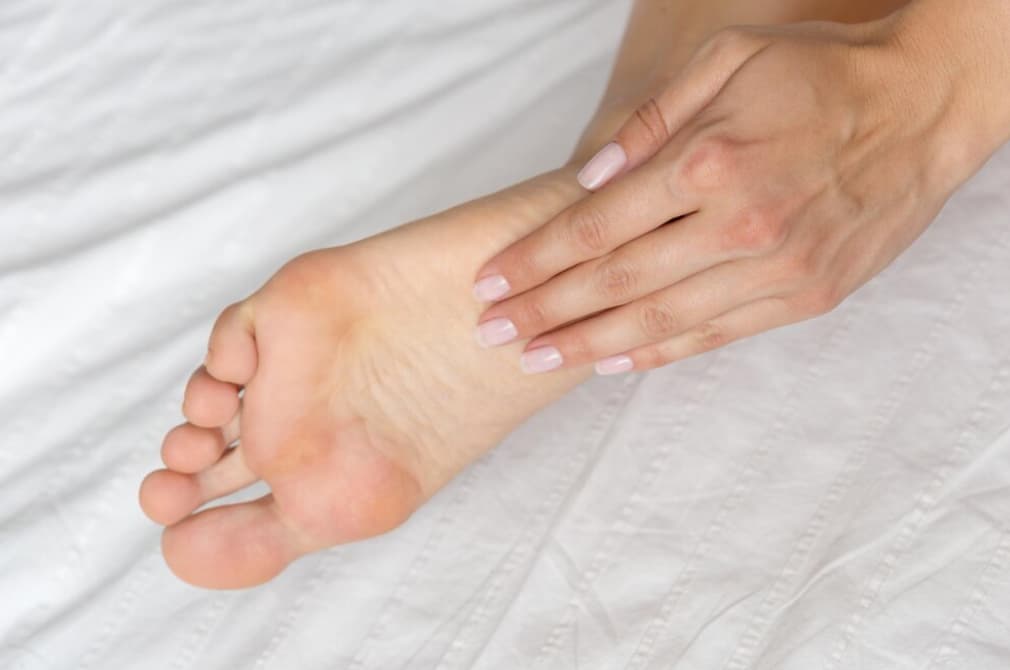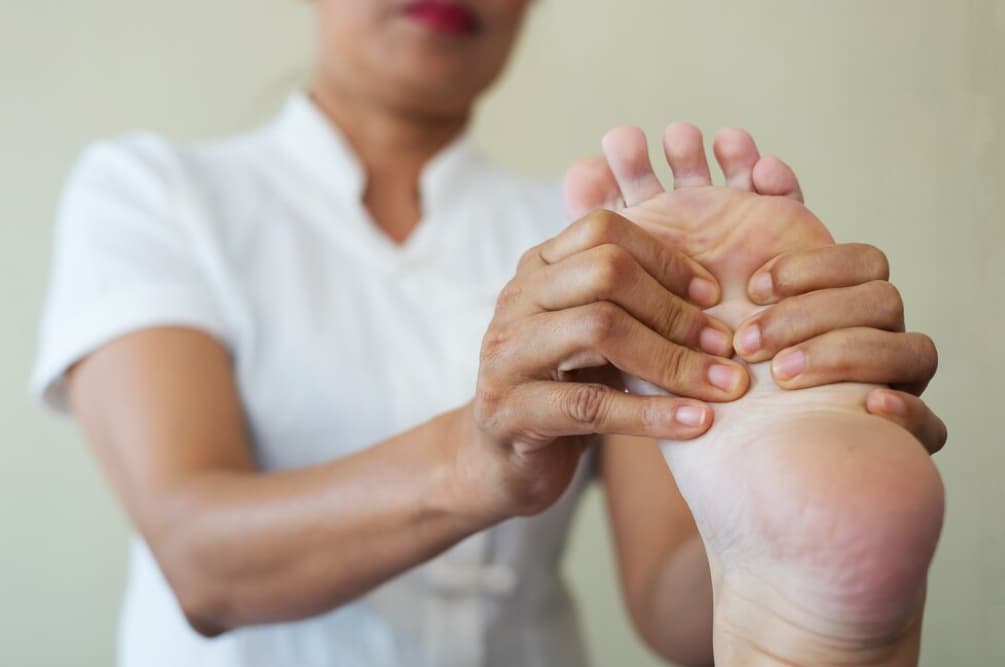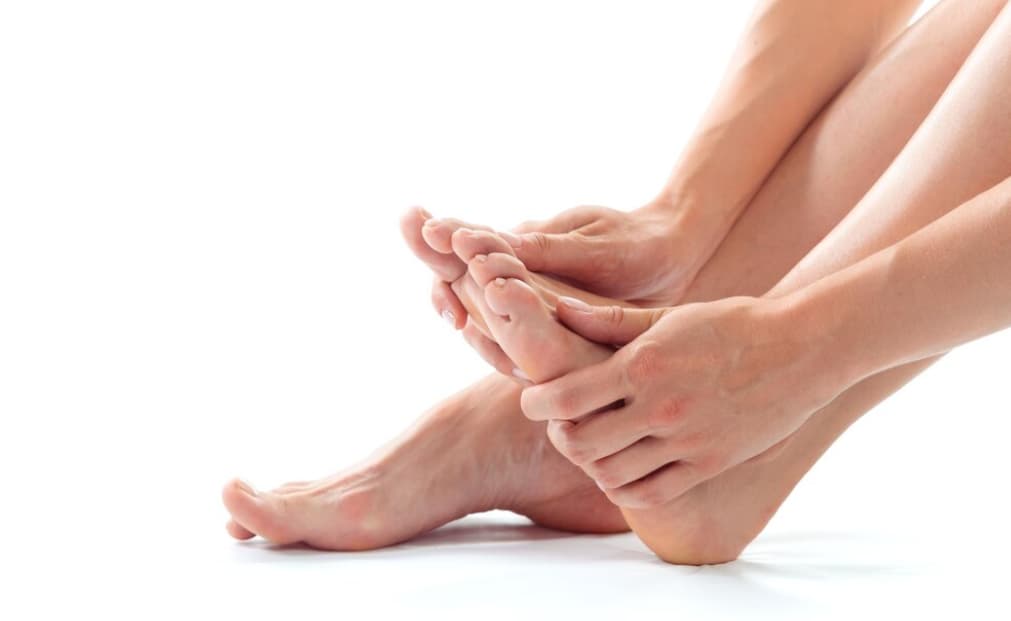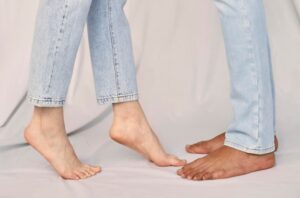Sever’s Disease, also scientifically referred to as calcaneal apophysitis, falls under the category of overuse syndromes or injuries. It’s mainly associated with the excessive strain on the heel during developmental years, prominently affecting children aged between 8 and 16.
If you’re interested in learning more about pediatric foot ailments, you may also like to explore a recent article discussing the implications of flat feet on overall foot health.
The Mechanics of Sever’s Disease
The occurrence of Sever’s Disease is largely tied to the anatomical development of a child’s heel bone. Initially, the heel bone comprises two separate sections interconnected by a growth plate made up of cartilage. As a child matures, the cartilage hardens, gradually converting the two-part structure into a single, unified bone. This transition is often complete by the ages of 13-15, marking the end of the bone’s growth phase.
However, due to the cartilagenous nature of the heel bone during these developmental years, it can be more susceptible to damage when exposed to consistent pressure or strain.
The calf muscles, together with the swift elongation of the tibia (the larger leg bone), can result in reduced ankle flexibility. This situation further strains the heel region, specifically the Achilles tendon. The Achilles tendon and plantar fascia, when subjected to consistent strain or pull, can lead to overuse injuries such as Sever’s Disease.
Identifying Symptoms of Sever’s Disease

Children with Sever’s Disease usually exhibit discomfort in the heel’s back and bottom areas. It is often noticeable during or immediately after a growth spurt and is particularly common in physically active children. Symptoms include:
- Heel pain;
- Absence of swelling or heat;
- No pain experienced during the night;
- Pain amplified by physical activity;
- Pain relief with rest;
- Noticeable limping or constrained walking.
How to Care for and Manage Sever’s Disease
Treatment of Sever’s Disease focuses primarily on reducing inflammation and pain. This can be accomplished through:
- Seeking professional assistance from a podiatrist;
- Minimizing inflammation with ice, rest, and moderated activities;
- Using anti-inflammatory medications for pain management.
Choosing the right footwear is also essential in managing and preventing this condition. Shoes can significantly impact the forces exerted on the heel, so it’s recommended to opt for those with the following features:
- A firm heel counter;
- Dual density EVA for midfoot and rearfoot control;
- Effective cushioning at the rear, especially under the heel;
- A 10mm heel gradient that promotes an efficient foot posture hence reducing lower limb strain.
When to Consult a Podiatrist

Podiatrists offer crucial support in preventing and managing foot conditions. It’s important to seek medical attention when symptoms first appear to avoid potential long-term health risks.
Preventing Sever’s Disease
Preventing Sever’s Disease involves a multifaceted approach that targets the underlying risk factors contributing to this condition.
- Central to these prevention strategies is the avoidance of excessive physical stress on the growing heel bones;
- Children and adolescents engaging in intensive sports should have their activity levels monitored to prevent overuse;
- Equally critical is the selection of proper footwear;
- Shoes should be chosen for their ability to provide adequate support, particularly for the heel and arch, and should be appropriate for the child’s specific sports or activities;
- Regular pediatric consultations can help monitor growth and development, ensuring that any early signs of imbalance or undue stress can be addressed.
Moreover, promoting an overall balance of activities, ensuring periods of rest, and possibly incorporating exercises that strengthen the surrounding muscles, can contribute to the effective prevention of Sever’s Disease.
Conclusion
Understanding Sever’s Disease is vital for the child’s comfort and development. Early detection, preventative measures, and appropriate treatment can ensure the condition doesn’t impede the normal, healthy growth of your child’s feet. Engaging a podiatrist’s help can be essential in navigating this condition.


